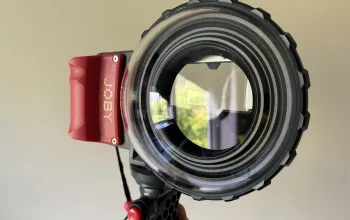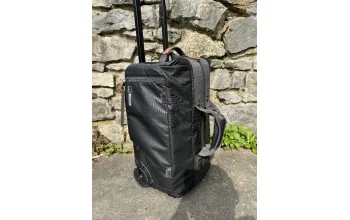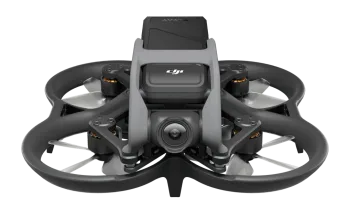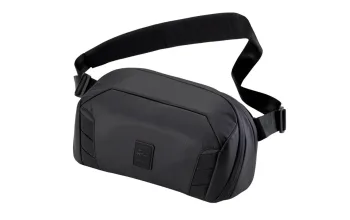Manfrotto are one of the top manufacturers of camera gear, mainly for professionals but with a few items trickling down to consumer grade phone shooting and the like.
This is the first time they have released a gimbal on the world though so it’s intriguing to see if they can pull it off in the face of stiff competition from gimbal kings Zhiyiun and DJI.
First off this is a gimbal like any other, so you’ll still have to go through the initially painful task of balancing your camera on it. If you’re new to gimbals this takes some getting used to and plenty of instruction reading. We promise though, once you’ve done it ten or so times it becomes easy and intuitive, blending right into the rest of your workflow.
The MVG220 balances well, although finer adjustments can be tricky due to the slightly stiff sliding interfaces. Once balanced we have tended to simply remove the camera, lock the arms and pack the gimbal into a bag after shooting, rather than going through the trauma of taking the whole thing apart and adjusting the arms back down to size to fit into the carry case. A case that could fit the gimbal with underslung arm attached and arms slightly extended would be a massive bonus.
When you boot everything up the gimbal will automatically calibrate motors and get itself into a level position ready for filming, but we find that it’s worth installing the app and tapping ‘adjust motor strength’ each time to get the best out of the gimbal. Manfrotto claim that this process does not need to be repeated when you power the gimbal down to remove the camera and then re mount it, but we’ve found that it’s best to incorporate an ‘adjust motor strength’ tap into your gimbal workflow every time.
Once balanced the gimbal copes well with a Panasonic GH5 plus 12-60mm lens with ND filter attached and Joby Wavo mic mounted on the hot shoe mount, although the mic does interfere with the gimbal arm in extreme underslung mode (to be expected). Tracking and stability are generally up there with competitors but at times we have noticed the camera very slowly panning right for no apparent reason. This could be a setup issue but so far we haven’t been able to identify it.
Handling the gimbal is a joy, the key to this is the underslung arm, which altogether makes the gimbal so much more comfortable to use than my comparably priced DJI Ronin SC, and far easier for filming low shots. Even just carrying around at chest height, the arm provides extra stability and comfort. The bonus of this arm is the ¼” thread mount on top which allows you to attach accessories. It turns out it’s the perfect spot for a monitor, placing it directly in your field of view at all times.
Operation of the gimbal and switching between modes is super easy thanks to a small LCD touchscreen, you can also use the buttons to move between modes but the LCD screen quickly became my preferred method when out on a shoot. Unlike DJI gimbals the MVG220 does not have any follow/tracking modes, presumably the technology isn’t quite there yet, but it does come equipped with the usual pan, pan and tilt, free and all lock modes. A few more creative modes have been added such as inception (a 360-degree rotation of the camera) and timelapse, but these would only ever be used sparingly.
Although the gimbals remote shooting buttons worked for my GH5, none of the camera controls such as ISO and shutter speed were communicated to the camera. This isn’t a deal breaker for me, as I use the monitor to control camera settings, but it’s worth checking camera compatibility before buying.
Battery life so far has been ridiculously good, on an all day shoot the MVG220 uses between one and two of it’s four bars of power which is exactly what you need. Charging takes a fair amount of time though, so be prepared for that.
I received a follow focus kit with my MGV220 (MVG220FF) but so far it has been consigned to the drawer. It doesn’t quite mount correctly with a 12-60mm Panasonic lens, just missing the focus wheel whatever configuration you have it in. It works better with a longer lens, but this isn’t really the point. It’s also lacking setup instructions although Manfrotto promise that these are on the way. In theory, with a longer lens the follow focus would be a valuable extra bit of kit, especially for focus pulls.
Although in it’s infancy, Manfrotto have done a fantastic job with the MVG220 gimbal and we hope that with future firmware updates and a few tweaks to the construction it will only get better.





















